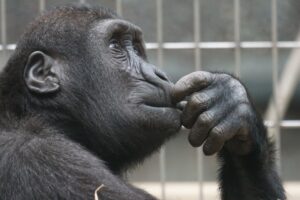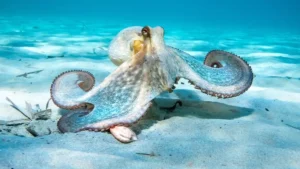
Miriana Maio
Sono Miriana e ho da poco conseguito (luglio 2022) la laurea specialistica in Language and Mind all’Università di Siena. I miei principali ambiti di interesse sono: filosofia della mente, epistemologia, e filosofia della psicologia. Nella mia tesi di laurea specialistica ho focalizzato l’attenzione sul tema dell’autoconoscenza negli animali umani, con l’auspicio di poter proseguire la mia ricerca affrontando lo stesso tema negli animali non umani.


